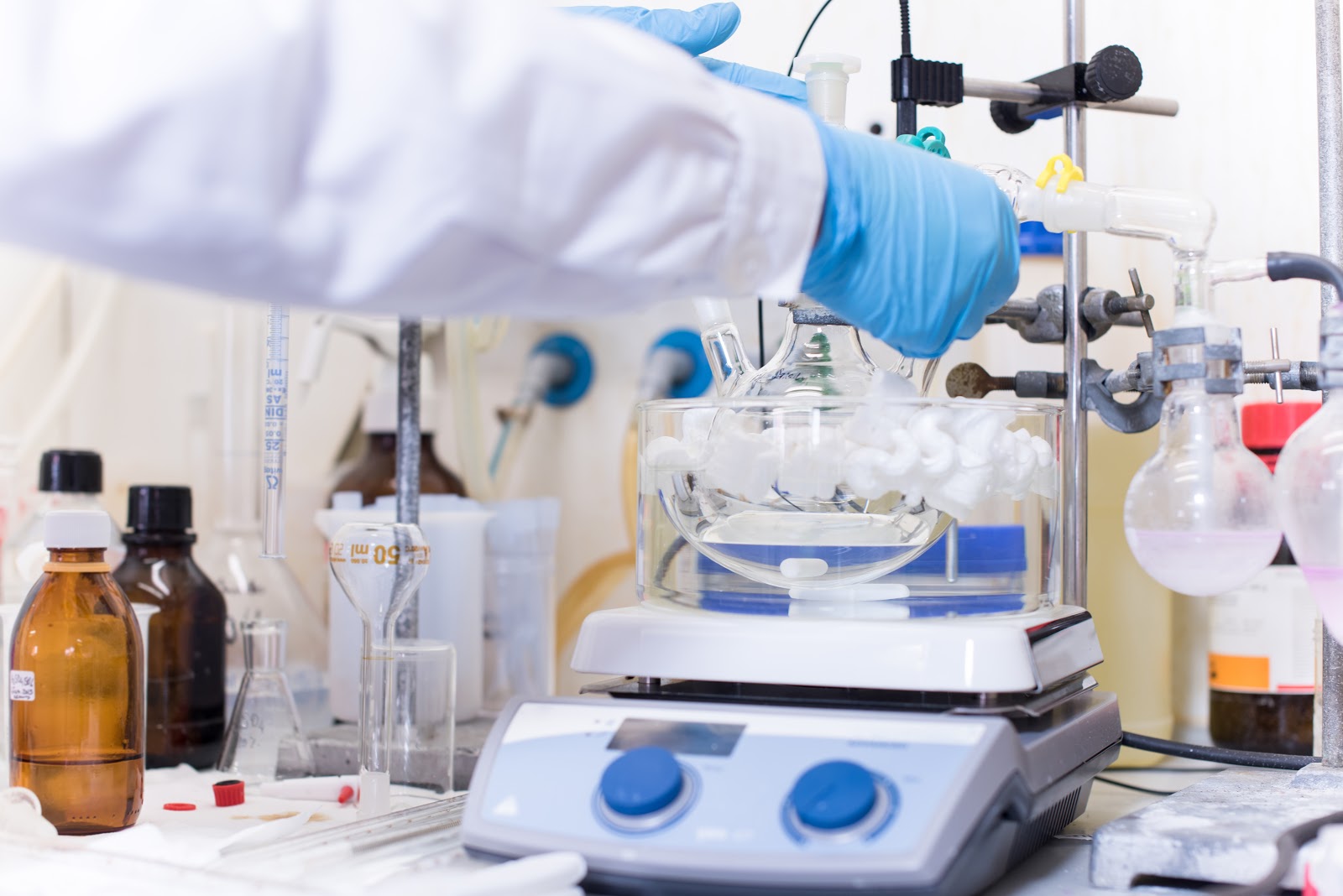When setting up gas detection systems, there’s a lot to keep in mind. The unique application, industry standards, environment, area hazards, and communication barriers are some of the many considerations that are vital when choosing equipment and installation points. Below are key points to consider as you determine the best locations for your fixed gas detection system components.
Sensitivity
To have detailed insight on possible exposure, sensitivity is an important factor. The stronger the sensitivity of your instrument, the greater the safety of the environment while displaying accurate measurements. This is extremely helpful for gases such as carbon dioxide or noble gases which are colorless, odorless, and highly toxic.
Response Time
An instrument’s response speed allows personnel to be alerted quickly of unknown leaks. Detectors with fast response times prevent catastrophic events from occurring. Obtaining real-time results is also helpful in taking the next step towards an action plan.
Calibration
To ensure optimum accuracy of the equipment, calibration should be performed on a regular basis. The instrument should be adjusted if the reading differs significantly from the values of its standard. Routine maintenance and calibration will prevent false readings and alarms while ensuring the correct data is given throughout building operations.
Potential Hazard Areas
Before installing any fixed gas detection system, examine areas that could be potential hazards. Examine the equipment in plants or offices to figure out where a gas leak would be most likely to occur. In an industrial situation, there are weak points along joints or valves, or in specific areas of the manufacturing facility. When purchasing the system, the seller can also help with identifying weak spots or other areas of concern. Work environment analysis is also important as different industries have various operations, processes, and atmospheres. Environmental factors such as high temperature and humidity can impede the instrument’s ability to accurately read the area.
Gas Weight
Gas leak detection equipment is very sensitive, which is usually a good thing. Unfortunately, that also means that it can be thrown off by different factors. A primary factor to consider is the density of the gas versus the density of air. For gases lighter than air, you should place detectors in higher areas like near or on the ceiling and above leak sources. For gases similar to the density of air, the general rule is to place them at the height of the average worker. This is due to the ease of spreading through ventilation systems that create general breathing spaces for personnel. Gases heavier than air should be placed close to ground level, about 15 to 25 centimeters generally. Test samples of gases should be drawn from the top, middle and bottom spaces to determine how many systems may be needed and the best height for installation.

Air Flow
Wherever you place your gas detection monitors, you don’t want them to get too close to anything that might force air away. While the gas detection system may use a pump to draw in a sample, if the air is flowing around a collection point, it may provide inaccurate readings. However, placing sampling points inside of air ducts will provide detection in vented rooms. While the room may be safe due to the ventilation, the leak will continue. Adding detection systems in ducts can allow you to correct any faulty cylinders or incorrect storage methods. Be aware of how the air generally flows through the building and position your monitors accordingly. Otherwise, the direction or velocity of that airflow can mess with your device. You need to make sure that it’s flowing from the potential leak sources to your detector, and that, in the event of a leak, enough of the gas would get to the sensor to trigger it.
Area of Coverage
There are no official standards or regulations regarding area coverage for detectors. The rule of thumb is that fixed gas detectors cover a 5-meter radius or an area of 75 to 100 meters squared per detector. The best option for this part of the process is to always evaluate your full gas risk and the potential consequences–while advising with the seller about the product’s specifications.
Discuss with an Experienced DOD Technologies Team Member
Do you have a question regarding the types of gas detection sensors suitable for your application? With more than 150 years of combined instrumentation and application knowledge, DOD Technologies is prepared to offer its expertise and solution for your toughest gas monitoring requirements while keeping you and your employees safe.
Contact us today via phone at (815) 788-5200 or through our web form.






